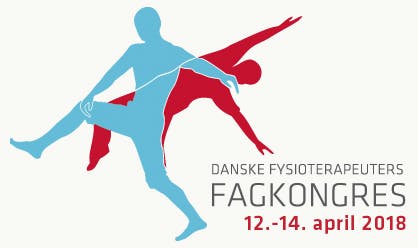Tips and pitfalls in diagnostic ultrasound imaging of the rotator cuff tendons – when is it pathological?

We will focus on:
- Evidence on the accuracy of ultrasound in diagnostics of the rotator cuff tendons.
- A systematic approach to how ultrasound can support the clinical examination of the rotator cuff tendons – tips and pitfalls.
- When is it considered a partial thickness or a full thickness rotator cuff tear?
- Which sonographic signs suggest a rotator cuff tear is acute or degenerative?
Rotator cuff tear is a common cause of pain and disability among adults. The prevalence of rotator cuff tears correlates with age, and is classified as either partial-thickness tear or full-thickness tear. It can occur either traumatic or non-traumatic.
Several studies have concluded, that when considering accuracy, cost and safety, ultrasound is the best option, when a rotator cuff tear is suspected. It is a user-dependent modality and health professionals must be skilled based on adequate training. It is crucial to know the sonographic signs and to be able to differentiate between different pathological findings to ensure, that the patient will receive the right kind of treatment.
The workshop consists of theory and practical examples of ultrasound examinations of the rotator cuff tendons. Furthermore, there will be practical session, where the participants will have the opportunity to practice the relevant projections.
Speaker
- Stuart Wildman, physiotherapist and MSK Sonographer, Founder of The Ultrasound Site (www.theultrasoundsite.co.uk), Homerton University Hospital Foundation Trust and The Royal Surrey County Hospital, United Kingdom
Moderators: Helle Kvistgaard Østergaard og Niels Honoré
Workshop organized by The Danish Association of Ultrasound Imaging in Physiotherapy
Hent præsentationen fra fagkongressen
